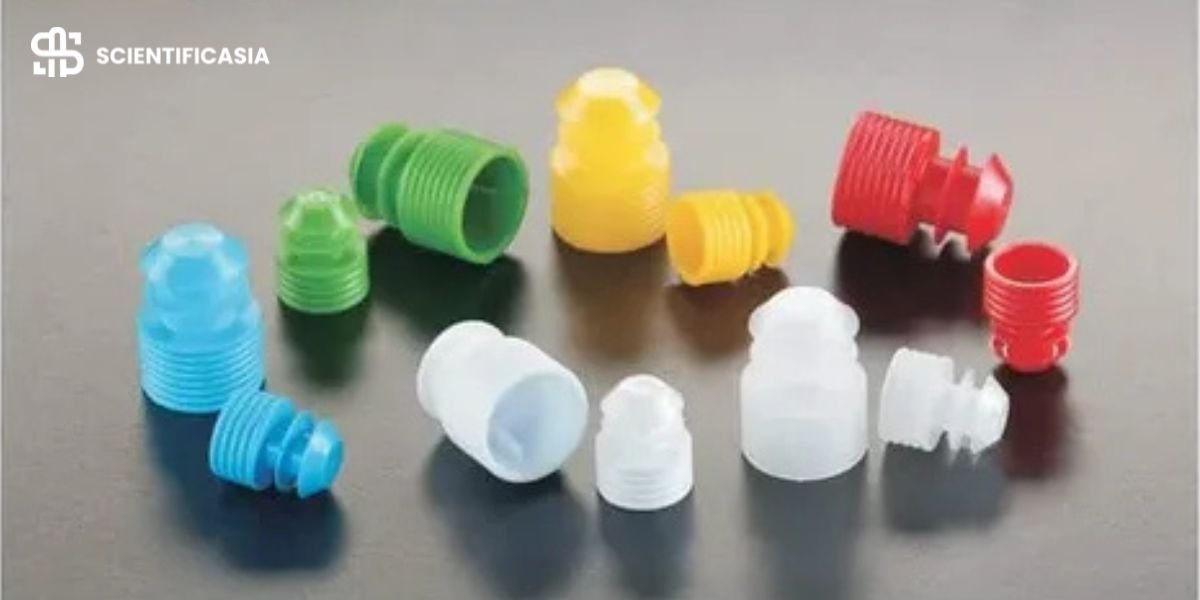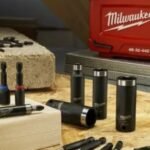When it comes to protecting equipment during storage, shipment, or the manufacturing process, caps and plugs play an indispensable role. These small components may seem insignificant, but they are vital in safeguarding against contamination, damage, or ingress of foreign materials. Selecting the right cap or plug for your project is not a matter to take lightly; it requires careful consideration of various factors, including type, material, size, and the environmental conditions they will face. Keep reading to discover how to choose the appropriate caps and plugs for your needs.
Understanding the Different Types of Caps and Plugs
The market offers a plethora of caps and plugs, each designed for specific applications. Caps are mainly used to protect external surfaces, threads, or ends of pipes, while plugs are designed to fit inside openings such as tubes or holes. One can find options ranging from simple tapered plugs to threaded caps, vented options, and even ones designed for high-temperature environments.
This diversity is advantageous as it provides a solution for nearly every scenario; however, it can also be overwhelming. Understanding the distinctions between the types is crucial, as is knowledge of their particular uses. For instance, silicone caps are often chosen for their flexibility and heat resistance, making them ideal for powder coating processes.
Partnering with a reputable supplier, such as Caps And Plugs, can provide guidance on the most suitable type for your project. Their expertise can prove invaluable in navigating the vast array of options, ensuring that you select the best fit for your application.
Evaluating the Fit: Dimensions and Tolerances
The fit of a cap or plug is paramount in its function. An improper fit can lead to failure in protecting parts from contaminants or damage. Accurate measurement of the part or opening is the first step in ensuring a snug fit. It is then essential to account for the tolerances: the allowable differences between the actual dimensions and the nominal or designed dimensions.
Dimensions provide a blueprint for the required cap or plug size, but tolerances give insight into the flexibility needed for a proper fit. A plug with a high tolerance can fit a range of sizes, offering versatility but possibly reducing security. In contrast, one with a low tolerance may provide a tighter seal but less room for error in sizing.
Considering dimensions and tolerances also assists in determining if a standard cap or plug will suffice, or if custom solutions are necessary. The shape of the opening, whether round, oval, The shape, whether square or irregular, also affects the type of cap or plug required. Custom solutions might be the answer for non-standard sizes or shapes, ensuring optimal protection.
Environmental Considerations for Caps and Plugs Selection
Environmental factors dramatically affect the choice of caps and plugs. Exposure to different conditions such as temperature extremes, UV light, moisture, and chemicals can degrade materials if they are not selected with these factors in mind. It is crucial to consider the environment in which the cap or plug will operate to ensure that it can withstand the conditions without failure.
For outdoor applications, it’s important to look for UV-resistant materials that won’t degrade under sunlight. Similarly, for applications involving fluids, the materials must have the appropriate chemistry to resist swelling, cracking, or eroding when in contact with oils, solvents, or other substances. Certifications and material data sheets can provide valuable information regarding environmental resistance.
Environmental impact also plays a role in material selection. Sustainability concerns are prompting manufacturers and consumers alike to consider the ecological footprint of their products. Biodegradable materials are increasingly sought after to reduce waste and promote a circular economy.
Navigating Supplier Options: Quality, Cost, and Customization
Identifying the right supplier is as important as selecting the cap or plug itself. Quality should be a top priority, as defects in these components can lead to costly damages or even safety hazards. Suppliers should adhere to industry standards and demonstrate a history of delivering high-quality products. Investigating their quality assurance processes and requesting samples can provide insight into their dedication to outstanding customer service.
Cost is also a significant consideration, but it’s essential to balance it against quality. Opting for the cheapest option may result in subpar materials and an increased risk of failure, potentially leading to higher expenses in the long run. On the other hand, reputable suppliers may offer competitive pricing without compromising on quality, ensuring that the investment is sound.
Altogether, selecting the right caps and plugs is a thorough process that involves understanding different types, assessing materials against performance requirements, ensuring the right fit, taking environmental conditions into account, and choosing a reliable supplier. Overall, diligence in these areas guarantees that your components are protected and your projects are successful.
















